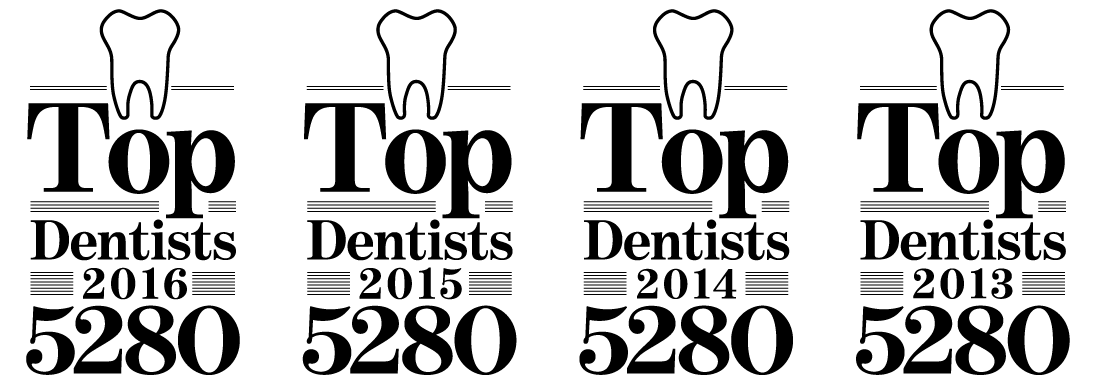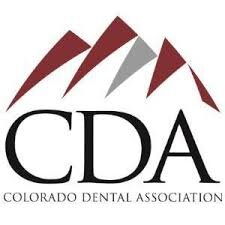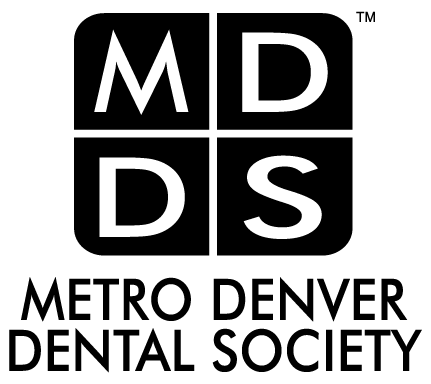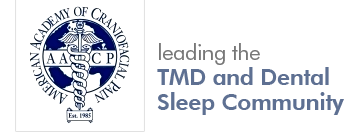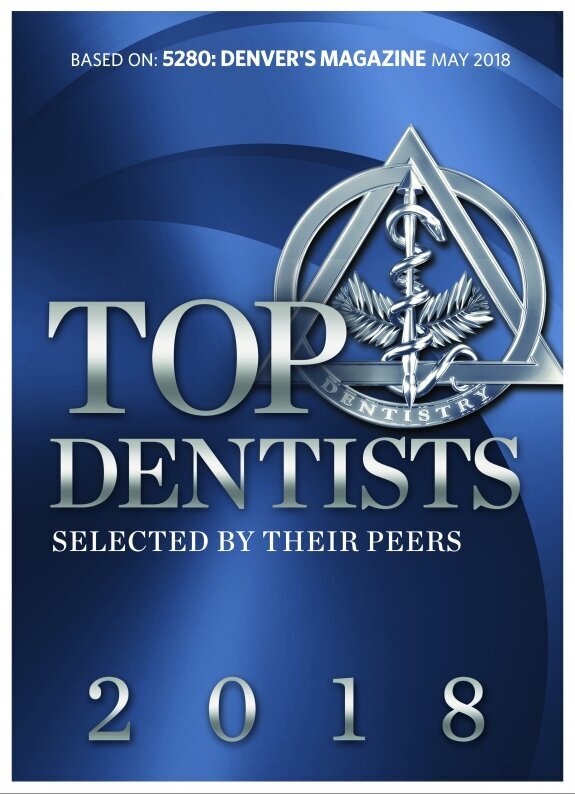Services
Single visit porcelain veneers, crowns, inlays and onlays
In addition to your oral health, your time and convenience are important to us. In most cases we can complete veneers, crowns, inlays and onlays in a single visit, cutting down on the amount of time you need to take away from your day and the number of visits to the office. This revolutionary technology also prevents the need for an impression and having to wear a temporary since no second visit is necessary. The tooth or teeth are scanned with an infrared camera, the restoration is designed on the computer right before your eyes and milled from super-strong ceramic blocks in our in-house lab. The restorations are highly aesthetic and durable.
Bridges and Reconstructive Dentistry
In dentistry, crown and bridge (Restorative Dentistry) refers to the restoration of natural teeth that have been damaged, decayed or lost. Once we have examined your teeth and evaluated your dental and medical history, we will be ready to provide a diagnosis, and treatment options. A crown may be constructed to restore an individual damaged tooth back to its original form and function, while a bridge may be utilized to replace one or more teeth. These restorations are cemented or bonded onto the teeth and are referred to as "fixed" dentistry as opposed to a restoration of missing teeth with a removable appliance or partial denture.
RESTORATION due to SEVERE TOOTH WEAR
The gradual wear of the occlusal surfaces of teeth is a normal process during the lifetime of a patient. However, excessive occlusal wear can result in pulpal pathology, occlusal disharmony, impaired function, and esthetic disfigurement. The restorative treatment options include: conventional fixed restorations(i.e. crowns), removable onlay/overlay prostheses and minimal preparation adhesive restoration(i.e. veneers, bonding, etc…)
Cosmetic Dentistry
While traditional dentistry focuses on oral hygiene and preventing, diagnosing and treating oral disease, cosmetic dentistry focuses on improving the appearance of a person's teeth, mouth and smile. Through tooth whitening, reshaping, bonding, veneers and crowns we can provide the smile of your dreams. This often results in increased self confidence, satisfaction and job success.
Dental Implants
Replicating the natural function and appearance of your lost teeth can be very difficult to accomplish. Historically, dentures or bridge restorations would be used as replacements, but with limited results. Dental implants, however, are natural-looking replacements for missing teeth that also provide the same function as your natural tooth root. Implants can predictably and successfully be used in many situations: to replace a single missing tooth all the way to anchoring an entire new set of teeth. In some situations, the implant can be placed and a crown fabricated in our office to replace the missing tooth in one day!
Dentures
Dentures are prosthetic devices constructed to replace missing teeth, and which are supported by surrounding soft and hard tissues in the mouth. Conventional dentures are removable, however there are many different denture designs, some which rely on clasping onto teeth or dental implants.
Partial dentures are fabricated to replace some missing teeth while full dentures replace all missing teeth. Either can be used independently or in combination with dental implants for greater stability.
Tooth Colored Fillings
Tooth-colored fillings are a more attractive alternative to older silver amalgam fillings. By precisely matching tooth-colored composite fillings with the natural color of your teeth, our skilled dentists are able to provide you with white fillings that are virtually invisible. They also bond to tooth structure to help strengthen the tooth. When amalgam fillings need replacement, they can be replaced with tooth colored fillings that provide a more pleasing, silver-free smile.
Sealants
Teeth protected with dental sealants have about half the amount of pit and fissure decay as those not protected. Dental sealants are a dental treatment consisting of applying a plastic material to one or more teeth, for the intended purpose of preventing dental caries (cavities). The dentist, dental hygienist or assistant first cleans and dries the tooth to be treated, then paints a thin layer of liquid plastic material on the pits and fissures of the tooth. After application of the plastic liquid, blue spectrum natural light is shone on the applied material for a few seconds to cure the plastic. Alternatively, some brands of sealants self-cure via a chemical process.
After curing, the plastic becomes a hard, thin layer covering the treated portions of the tooth. Despite the incredible pressures effected on teeth during chewing each day, dental sealants may remain effective for five years or longer, although sealants do wear naturally and may become damaged over time.
Tooth Whitening
Tooth whitening, is a common procedure in general dentistry. A child's deciduous teeth are generally whiter than the adult teeth that follow. As a person ages the adult teeth often become darker due to changes in the mineral structure of the tooth, as the enamel becomes less porous. Teeth can also become stained by bacterial pigments, foodstuffs and tobacco. Certain antibiotic medications (like tetracycline) can also cause teeth stains or a reduction in the brilliance of the enamel.
Oxidizing agents such as hydrogen peroxide or carbamide peroxide are used to lighten the shade of the tooth. The oxidizing agent penetrates the porosities in the rod-like crystal structure of enamel and oxidizes inter-prismatic stain deposits; over a period of time, the dentin layer, lying underneath the enamel, is also bleached. Power bleaching uses light energy to accelerate the process of bleaching in a dental office. The effects of bleaching can last for several months, but may vary depending on the lifestyle of the patient. Factors that decrease whitening include smoking and the ingestion of dark colored liquids like coffee, tea and red wine.
Bite or Occlusal Treatments
The manner in which the teeth bite together is very important. Dental or occlusal equilibration is a comparatively gentle procedure. It typically involves fixing one or more teeth in order to create a more solid bite that prevents teeth stress on each individual tooth. This treatment also reduces trauma or pressure on the jaw joints and muscles for good measure.
TMJ Therapy (Non-pharmaceutical)
TMD treatment, referred to by some dentists as TMJ therapy, includes many options. Our number one job is to help you get relief from TMJ pain, headaches, migraines and to provide comfortable, effective, noninvasive sleep apnea treatment options. Free yourself from tension headaches, head and neck pain, ringing in the ear, clenching, sleep apnea or snoring. Our array of treatment options are designed to provide comprehensive pain relief and ongoing preventive techniques. These include oral appliance therapy, as well as, soft tissue treatments.
We achieve results by diagnosing, educating, treating and partnering with our patients to support their immediate and sustained well-being. We offer compassionate, high-quality treatment in dental, medical and complementary health-care modalities. Patients are empowered to take an active, committed role in their own healing process.
DIAGNOSTIC & THERAPEUTIC INJECTIONS(INCLUDING BOTOX)
Tooth Grinding and Wear Therapy
Although there is no single accepted cure for Bruxism, there are a variety of treatments available. These include mouth guards/oral appliances, trigger point injections, myofascial/massage therapy, movement therapy and acupuncture.
Digital X-Rays
Dental x-rays are an integral part of a complete diagnosis of oral conditions. Although dental x-rays have always been a tiny portion of the x-ray exposure (much more from the sun), digital x-rays are only a small fraction of the exposure of the older style of x-rays. In addition, these digital images are visible instantly and can be magnified and enhanced in many ways. Moreover, the toxic chemicals used to develop film are not necessary, making digital x-rays environmentally friendly too! For all these reasons, Dr. Raabe was among the first practitioners to employee the use of digital x-rays.
Cosmetic Bonding
Composite tooth bonding is a cosmetic dentistry technique that can do beautiful things for your smile. Dental composite is made of particles such as silicon dioxide or quartz, bound with a tough synthetic resin. It is blended so that it comes in different shades, toughness, and translucencies and so that, with the proper artistic eye on the part of the dentist, it can match your teeth. It is then used to close tooth gaps fill cavities, or eliminate spots, chips, and discolorations. It's also great for an instant repair of a broken front tooth.
Periodontal Treatment
Non-surgical periodontal treatment, includes scaling and root planing (a careful cleaning of the root surfaces to remove plaque and calculus [tartar] from deep periodontal pockets and to smooth the tooth root to remove bacterial toxins), followed by adjunctive therapy such as local delivery antimicrobials and host modulation, as needed on a case-by-case basis.
Halitosis (Bad Breath) Treatment
Many people (or sometimes those around them) suffer from breath that has an unpleasant odor. Although certain breath disorders can be caused by serious medical conditions, many new ways are available to quickly and effectively improve the breath.
Root Canal
A root canal is a treatment used to repair and save a tooth that is badly decayed or becomes infected. During a root canal procedure, the nerve and pulp are removed and the inside of the tooth is cleaned and sealed. Without treatment, the tissue surrounding the tooth will become infected and abscesses may form.
Extraction
Extractions are performed for a wide variety of reasons, including tooth decay that has destroyed enough tooth structure to prevent restoration. Extractions of impacted or problematic wisdom teeth are routinely performed, as are extractions of some permanent teeth to make space for orthodontic treatment.
Laser Dentistry
Laser dentistry can be a precise and effective way to perform many dental procedures. The potential for laser dentistry to improve dental procedures rests in the dentist's ability to control power output and the duration of exposure on the tissue (whether gum or tooth structure), allowing for treatment of a highly specific area of focus without damaging surrounding tissues.
Snoring and Sleep Apnea Appliances
Sleep apnea is known to be a serious medical problem that has been demonstrated to harm the heart, brain and shorten life. Simple snoring is now thought to be implicated in the same disease process for both adults and children. Most sleep apnea patients are treated with a positive pressure air mask machine that is worn while sleeping. There are now oral appliances which have been shown highly effective to solve these problems without being tethered to a machine during the night.
Protective Athletic Mouth Wear
Sports injuries are one of the leading causes of tooth loss and facial and jaw damage. We make several styles of athletic mouth protection that are highly effective and comfortable to wear.
Sterilization and Infection Control
We take very seriously our commitment to providing as safe and clean an environment as possible. Our sterilization procedures are the most comprehensive available i.e. all items that go in your mouth are either single use or steam-heat sterilized. We welcome the opportunity to show you each step of our sterilization and disinfection procedure.
Minimally Invasive Procedures
Onlays - Dental onlays are a wonderful conservative alternative to crowns. They provide much greater strength than a large filling, but conserve all possible healthy tooth structure. The tooth is not “filed down to a point.” When less grinding is done on the tooth, the chance of nerve problems requiring a root canal is reduced. This procedure is not done by many dentists because of its technical difficulty, but they are wonderful restorations when done properly.
Partial Coverage Crowns - Quite often, sufficient healthy tooth structure remains to avoid grinding the whole tooth down for a full crown. This procedure saves natural tooth and reduces the probability of other problems. Although technically difficult, our office often uses these instead of full crowns.
Diagnodent Detection - DIAGNOdent is the revolutionary new way to find even the smallest areas of tooth decay. By using this new technology, we are able to target and treat all of your small problem areas before they turn into larger issues that require more complicated procedures.
Periodontal Laser Treatment - The use of lasers as an adjunct to scaling and root planing (SRP) can improve the effectiveness of periodontal therapy. In addition, when the lasers are used properly during periodontal therapy there can be less bleeding, swelling and discomfort to the patient during surgery.


